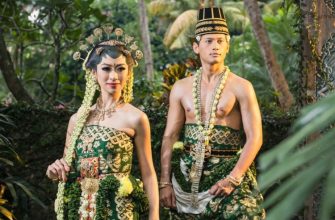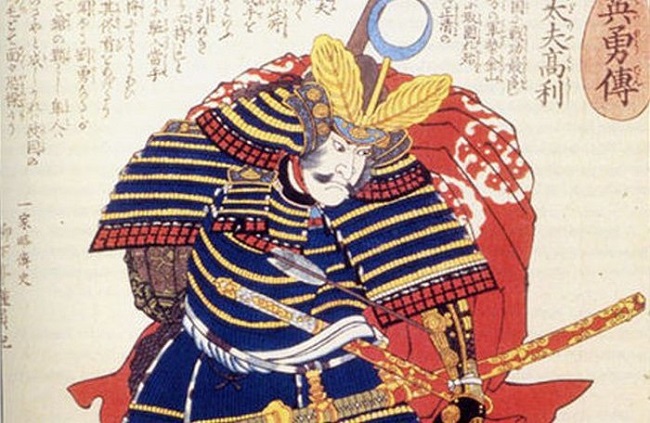
“Horo” Capes.
Samurai were known to wear large, 2-meter-long capes called “horo,” filled with lightweight materials. These capes would billow around the samurai’s body at the slightest breeze, serving as protection against arrows. The horo also symbolized the samurai’s status.
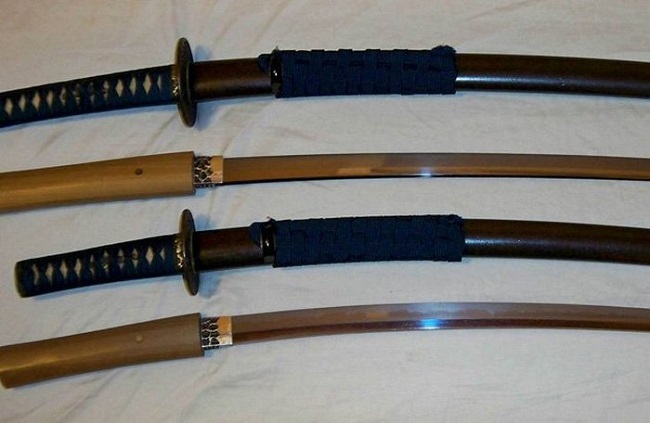
Samurai Swords.
During the 13th century, when Japan faced the Mongol invasions, the Japanese encountered an enemy clad in heavy armor for the first time. The thin, traditional Japanese swords often got stuck in the Mongolian armor or broke in half. These frequent breaks forced samurai to abandon their swords, leading to the development of larger and heavier weapons that could withstand the Mongols.
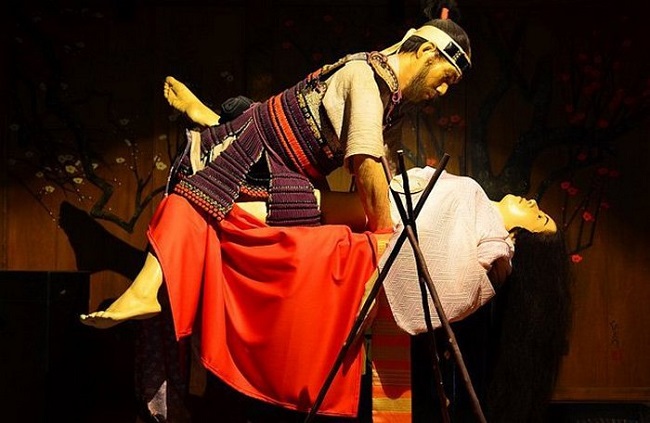
Samurai and Masculinity.
In feudal Japan, spending the night with a woman was seen as diminishing a man’s masculinity, leading to the term “sissy” for such men. Samurai, who were supposed to embody the pinnacle of masculinity, married solely for procreation and avoided public displays of affection towards their wives. Interestingly, homosexual relationships were considered normal and even commonplace in samurai culture.
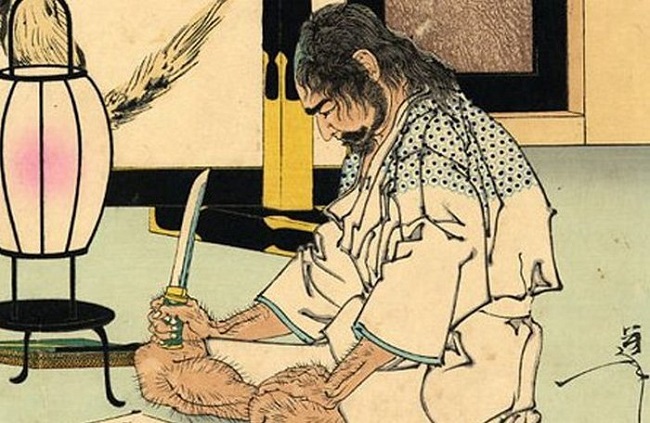
Teacher-Student Relationships.
When a young boy began training as a samurai, he would often live with an older, more experienced warrior. This elder taught him martial arts, etiquette, and the samurai code, while also engaging in intimate relations with him. This practice, known as “shudo” or “the way of the youth,” was seen as a normal and even expected part of a samurai’s upbringing.
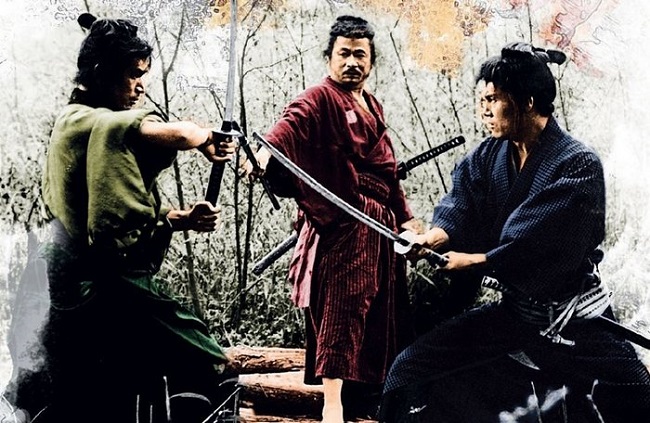
Instant Justice.
If someone from a lower class disrespected a samurai, the warrior had the right to kill the offender on the spot. The only rule was that the act had to be carried out quickly and in front of witnesses. Not acting on such disrespect was seen as shameful for a samurai.
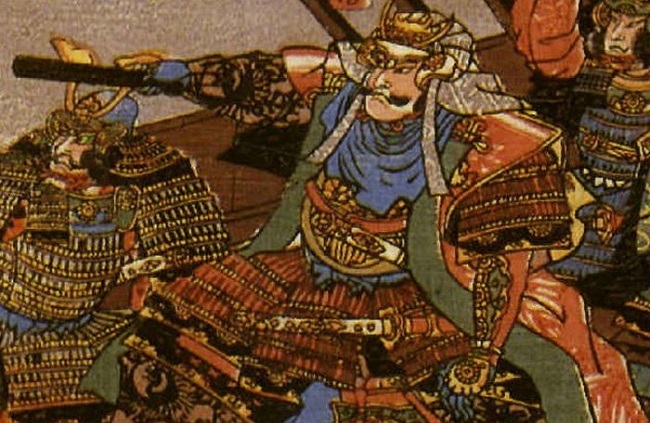
Toilet Precautions.
Samurai became increasingly paranoid after the assassination of daimyo Uesugi Kenshin, who was killed in a toilet. The assassin struck while Kenshin was caught with his pants down. As a result, Takeda Shingen implemented precautions, including teaching samurai to lower only their right trouser leg when using the toilet, ensuring they could still defend themselves if necessary.
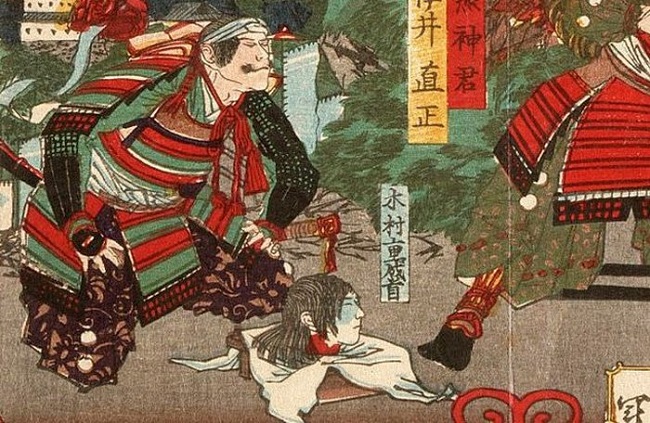
Aromatic Farewell.
The legendary samurai Sigenari Kimura fought his final battle in 1615, defending Osaka Castle. Before entering the battlefield, he carefully trimmed his hair and perfumed his helmet with incense, knowing he would not survive. Kimura wanted to ensure that even in death, his head, which would likely become a trophy, would emit a pleasant fragrance.
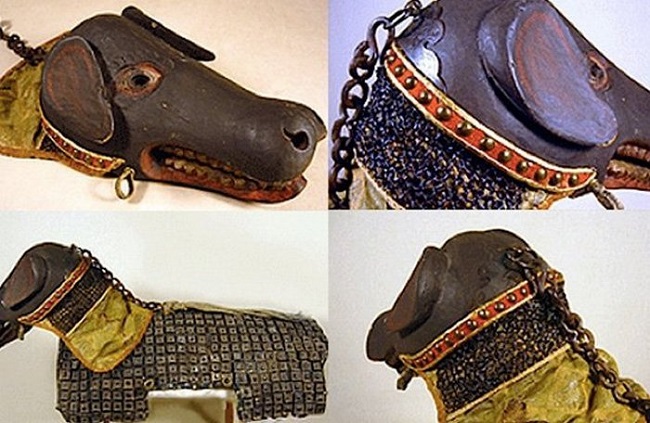
Samurai Dog Armor.
One unique artifact from samurai history is a set of armor made specifically for a dog. While it’s unclear if this armor was ever used in battle, researchers believe it was likely created for parades or for collectors.
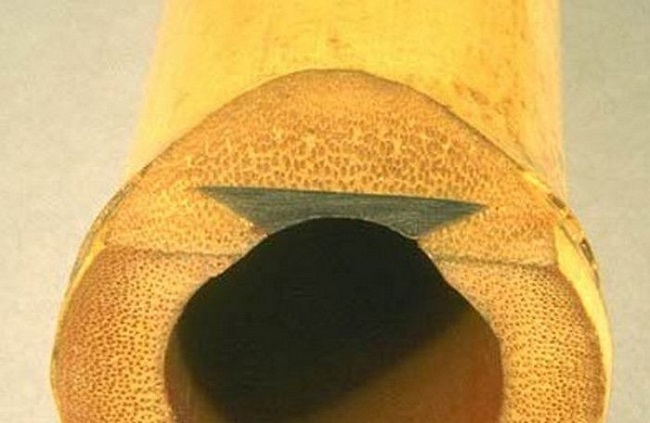
The Shakuhachi Flute.
One of the more unusual weapons used by samurai was the shakuhachi, a bamboo flute. Originally a musical instrument played by Buddhist monks, it was later adopted by samurai, particularly spies, who disguised themselves as wandering monks. The flutes could also be used as weapons, as they were often fitted with spikes for self-defense.
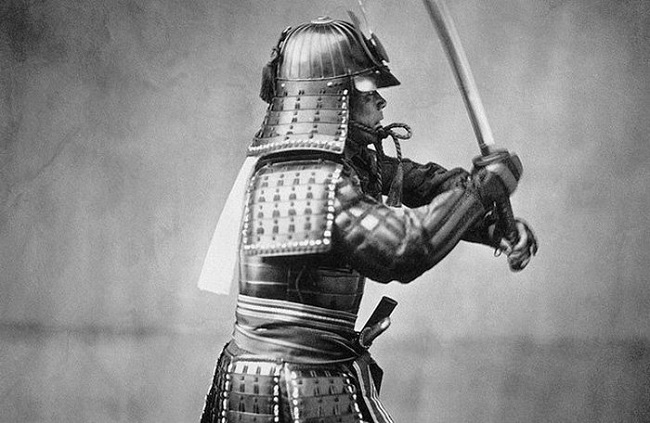
The Reality of Samurai Loyalty.
Before the 1600s, there was no formal code of conduct for samurai, and loyalty to their masters was often questionable. Even after the establishment of the samurai code, known as Bushido, true loyalty was rare. When Western missionaries first arrived in Japan, they were shocked by the prevalence of betrayal and backstabbing among the samurai.





